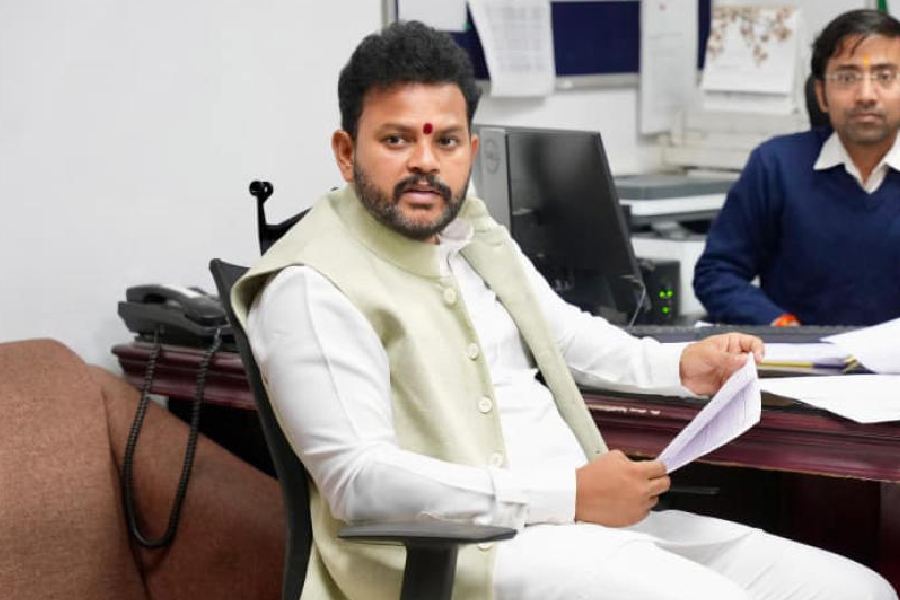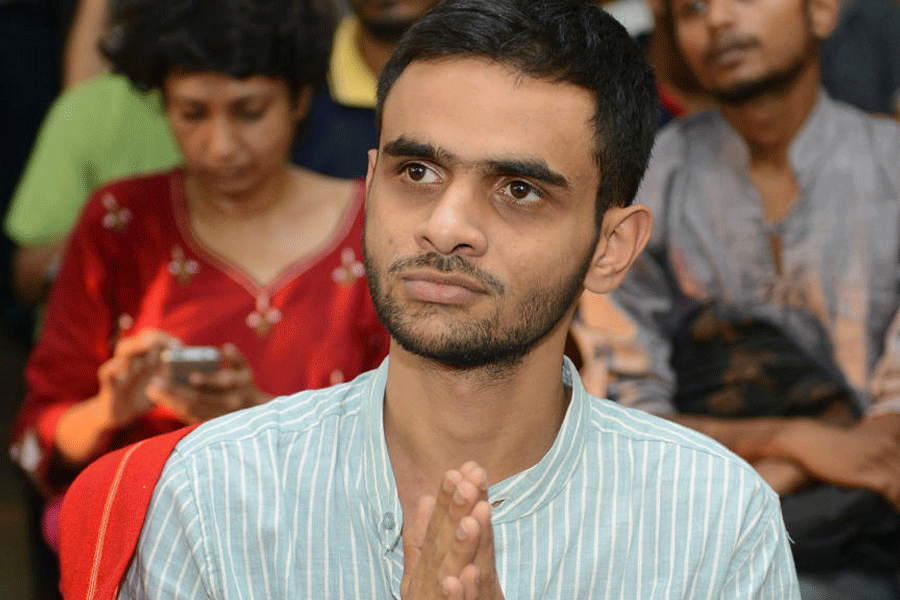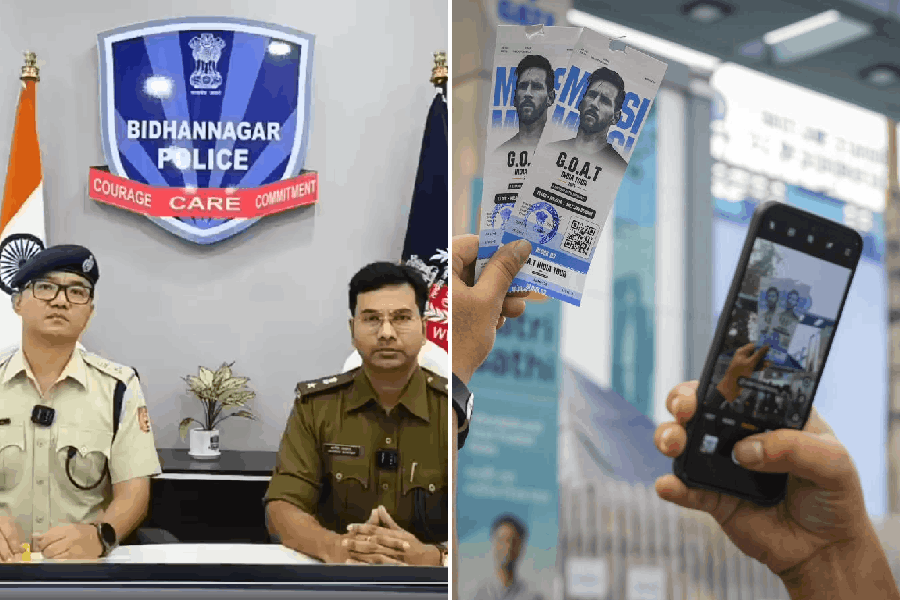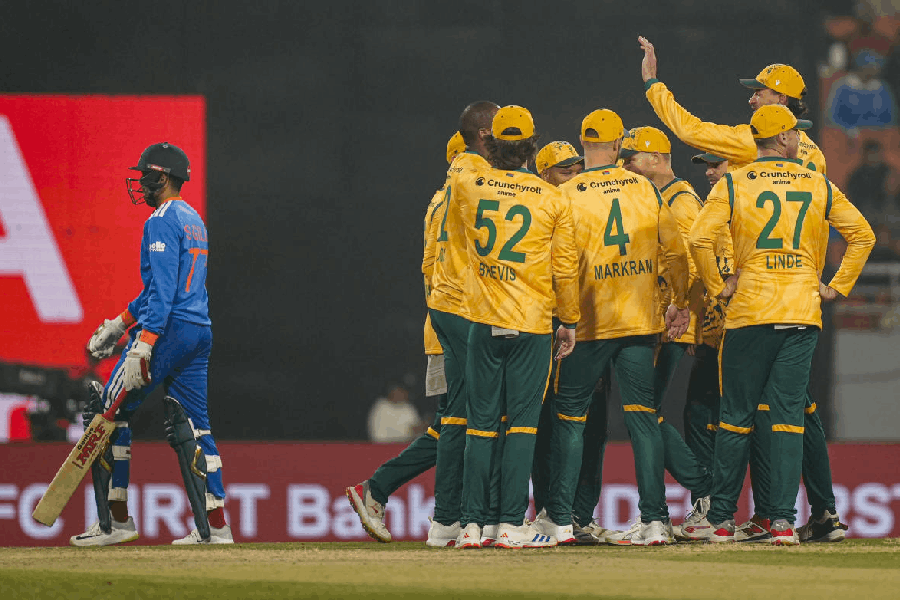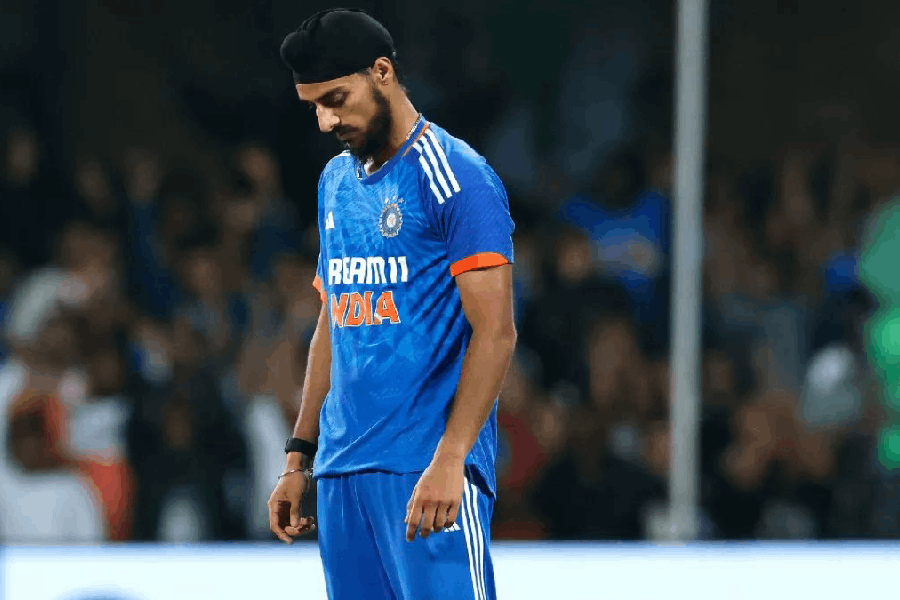.jpg)
a Fellow of the Royal Society
London: Admissions day recently at the Royal Society's headquarters was a very special day for the Ramakrishnan family: Dad watched his son welcome his sister as a newly elected Fellow of the Royal Society.
For a start, there were three professors from the same family at the event in Carlton House Terrace, London.
There was C.V. Ramakrishnan who had, with wife Rajalakshmi, come from Madras to establish the department of biochemistry at the Maharaja Sayajirao University of Baroda in 1955.
Also present was his 66-year-old son, Venkatraman "Venki" Ramakrishnan, who won the Nobel Prize for his work on ribosomal structure in 2009, was knighted by the Queen in 2012 and is currently president of the Royal Society.
Finally, there was his 59-year-old daughter, Lalita Ramakrishnan, who has just been elected a Fellow of the Royal Society for her path-breaking work on tuberculosis.
Like Venki, she now lives and works in Cambridge, where she is "professor of immunology and infectious diseases and head of (the) molecular immunity unit, department of medicine, University of Cambridge".
To put it simply, this could be the happy ending of a Bollywood movie: Dad watched proudly while his son presided over the ancient admissions ceremony. Then to much applause, Lalita signed "the Charter Book and the Obligation of the Fellows of the Royal Society".
A blog put the occasion into perspective: "The success of the Royal Society lies in the fact that, within the leather-clad Charter Book are close to 8,000 signatures.... This hefty tome dates back to 1663 and contains the signature of every Fellow and Member. Some have been consigned to historical obscurity... whereas others (Boyle, Newton, Darwin, etc) are so well-known that they have dispensed with their first names."
This is almost certainly the first time in the Royal Society's history that a brother has presided over his sister's admission --- and that, too, watched by their father.
The Royal Society is described as "a self-governing Fellowship made up of the most eminent scientists, engineers and technologists from the UK and the Commonwealth. Fellows and Foreign Members are elected for life through a peer review process on the basis of excellence in science."
Its Latin motto, Nullius in verba, is taken to mean "take nobody's word for it". It is "an expression of the determination of Fellows to withstand the domination of authority and to verify all statements by an appeal to facts determined by experiment".
According to the society, "there are approximately 1,600 Fellows and Foreign Members, including around 80 Nobel laureates".
From 700 nominations each year, "the Fellows of the Royal Society elect up to 52 new Fellows and up to 10 new Foreign Members. Candidates must have made 'substantial contribution to the improvement of natural knowledge, including mathematics, engineering science and medical science'."
Lalita did her medical training in India before going to the US where "she did a PhD in immunology, medical residency and clinical fellowship in infectious diseases followed by a postdoctoral fellowship with Stanley Falkow at Stanford University where she first began her TB research. In 2001, she joined the medical faculty of the University of Washington."
She joined Cambridge University in 2014.
Lalita's Fellowship citation says that she "pioneered a zebra fish model of tuberculosis that has enabled her to uncover fundamental new mechanisms of disease pathogenesis. Infection of genetically tractable and optically transparent larvae with Mycobacterium marinum, a close genetic relative of Mycobacterium tuberculosis, has allowed detailed live tracking of infection in the context of genetic manipulation of host and pathogen."
It added: "The resultant molecular and cellular details of how the bacteria and host defences interact at each early step of tuberculosis have yielded surprising fundamental insights that suggest entirely new approaches to treat human tuberculosis."

.jpg)
